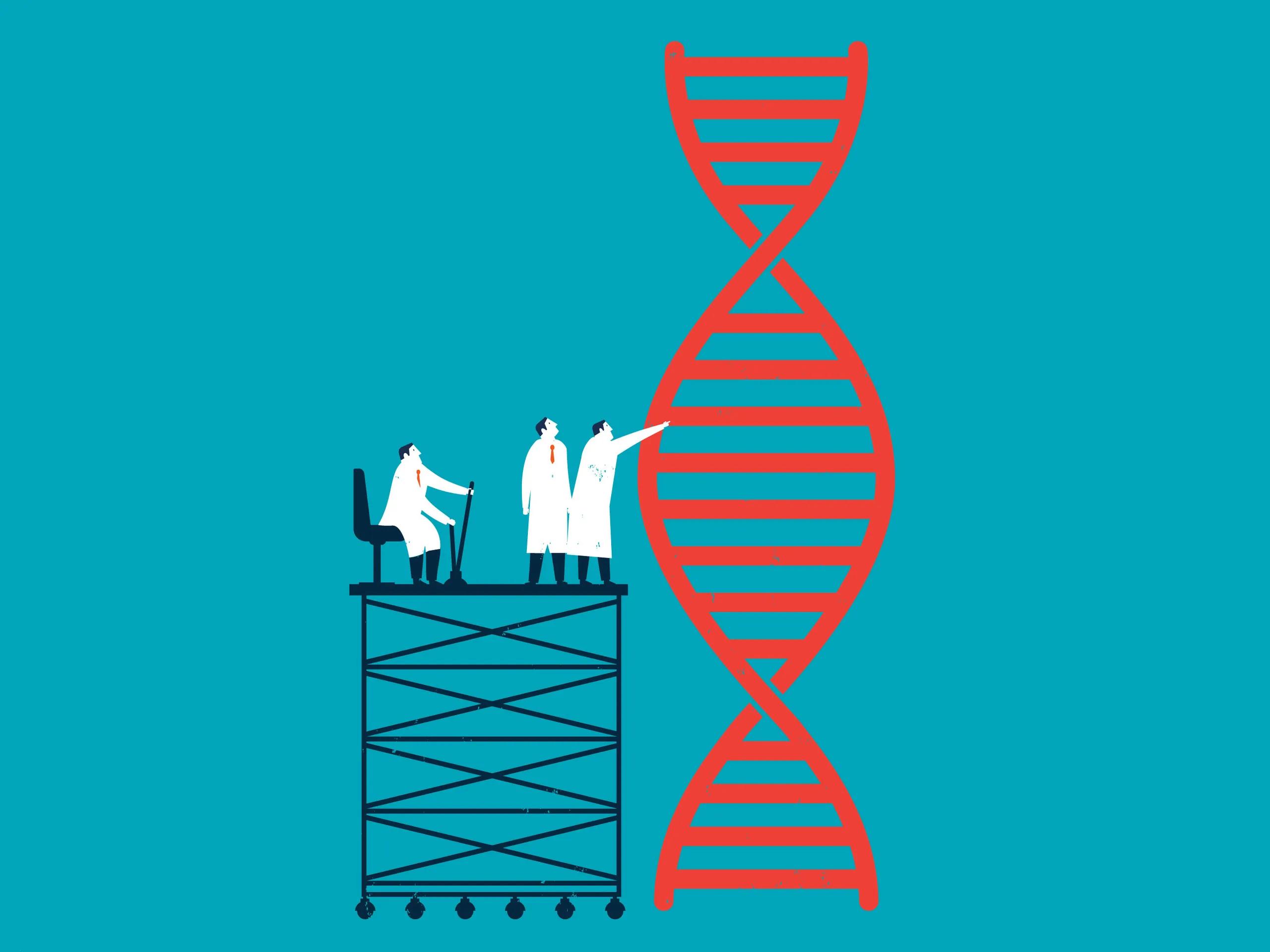
Gene sequencing, often referred to as DNA sequencing, is a fundamental technique used to determine the precise order of nucleotides—adenine (A), thymine (T), cytosine (C), and guanine (G)—in a DNA molecule. This process is essential for uncovering critical genetic information and identifying mutations that may lead to various health disorders.
Genetic testing closely relates to gene sequencing, focusing on analyzing specific genes to detect abnormalities and predict genetic disorders. The integration of these technologies allows modern medicine to provide accurate diagnostics and valuable insights into an individual’s genetic profile, significantly impacting fields such as healthcare, biology, and agriculture.
While gene sequencing usually examines individual genes, genetic sequencing takes a broader approach, analyzing larger segments of DNA. What is gene sequencing? It is the process of decoding the nucleotide sequence within a gene, which enables researchers to gain essential insights into genetic functionality and how variations can influence health outcomes.
The genetic sequencing process involves several critical steps: DNA extraction, fragmentation, attaching adaptors, amplification, and sequencing through advanced technology. Genome sequencing, on the other hand, assesses the complete DNA sequence of an organism, including both coding and non-coding regions.
Two primary types of genome sequencing are Whole Genome Sequencing (WGS) and Exome Sequencing (ES). WGS offers a comprehensive analysis of the entire genome, while ES focuses specifically on the protein-coding regions, which account for a significant proportion of known disease-related variants.
In the realm of genetic testing, gene sequencing plays a crucial role by accurately interpreting DNA sequences and identifying genetic variations associated with specific health conditions. Various methods of genetic testing utilize sequencing techniques, including WGS, single gene testing, panel testing, and exome sequencing. Each method serves distinct purposes, from diagnosing particular genetic disorders to exploring a broad spectrum of genetic influences on health.
The significance of genetic sequencing in genetic testing lies in its ability to reveal mutations linked to diseases. The data generated from sequencing is analyzed using bioinformatics tools, which provide insights into the clinical implications of identified genetic variants. This analysis facilitates personalized medical care and empowers individuals to make informed health decisions.
Recent advancements in sequencing technologies have improved the precision, accessibility, and comprehensiveness of genetic testing. These innovations enhance our understanding of the genetic bases of various conditions, ultimately leading to better diagnosis and treatment options.
In conclusion, gene sequencing is an indispensable tool that enhances genetic testing, providing vital insights into genetic disorders and enabling personalized medical approaches. Ongoing advancements in sequencing technologies continue to deepen our understanding of genetics, benefiting both research and clinical practices in modern healthcare.

















Write a comment ...